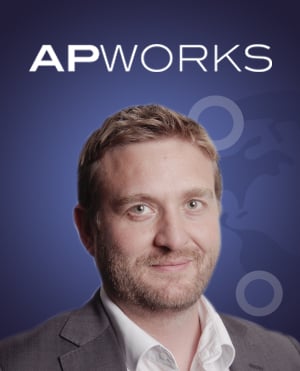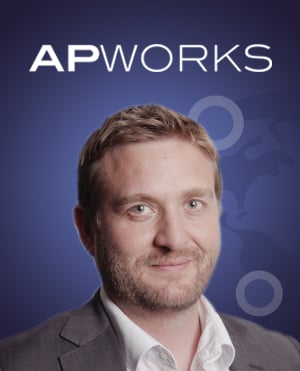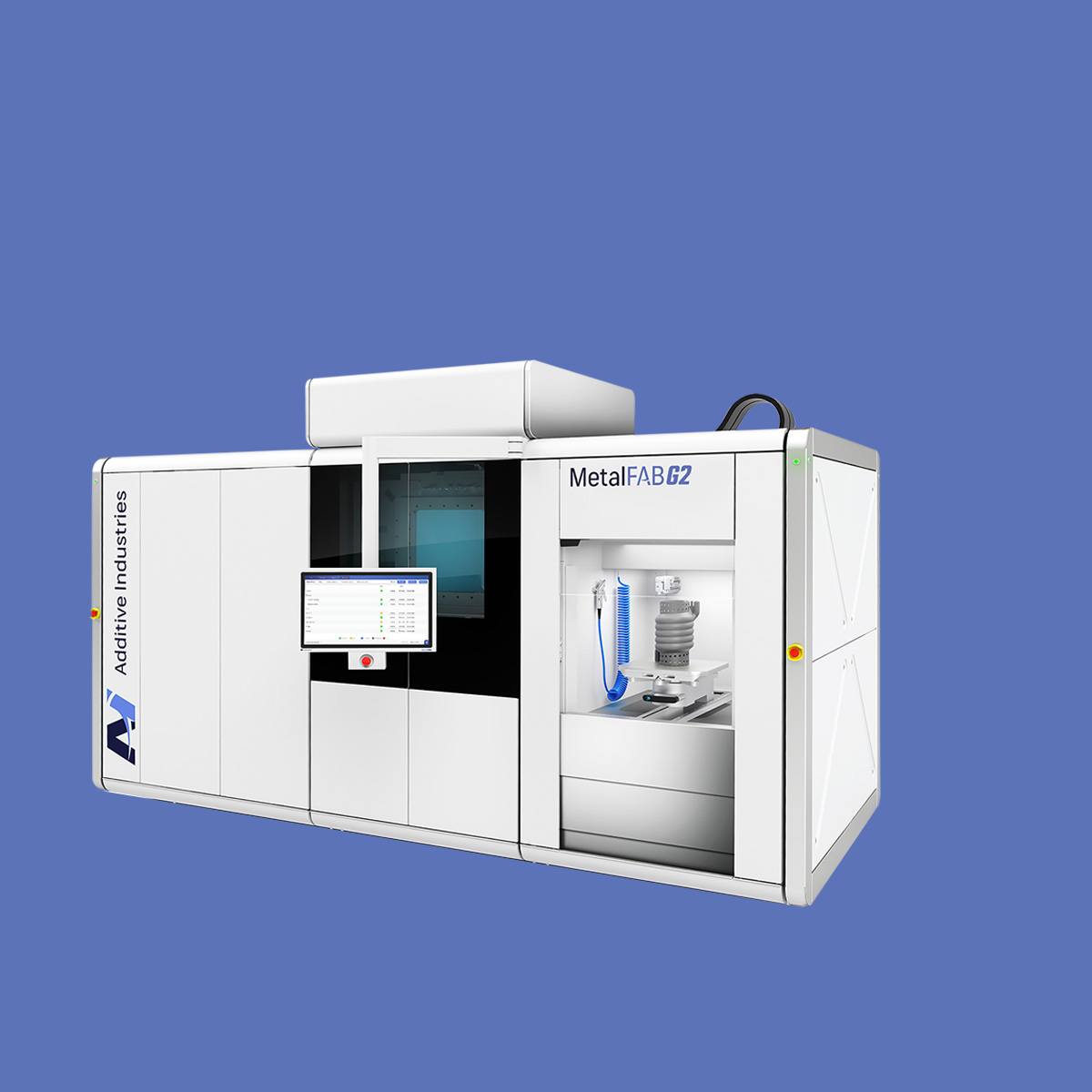Chief Product Officer for APWORKS, Jonathan Meyer is passionate about articulating real technology value in the additive manufacturing space. With prior experience as an Aerospace engineer for Airbus, Meyer’s mission at APWORKS is to introduce cutting-edge Aerospace technologies to new and emerging markets. Since 2016, APWORKS has leveraged the state-of-the-art, modular architecture of Additive Industries’ MetalFAB1 to make waves in the additive manufacturing industry. Experimenting with innovative material developments and new product opportunities, Meyer plays a vital role in driving APWORKS’ additive manufacturing strategy. We recently caught up with Jonathan to discuss current industry challenges and future directions for APWORKS’ partnership with Additive Industries.
1. Could you tell us about your current position and your history of being involved in AM?
I am currently the Chief Product Officer at APWORKS, with responsibility for our product strategy and implementation. Before joining APWORKS I was the Technology Roadmap Owner for Additive Manufacturing at AIRBUS, with responsibility for defining the AM technology strategy at group level, so my new role is really a case of implementing a small but important piece of the strategy which I defined in my previous role.
2. What does the future look like for AM activities in APWorks?
At APWORKS we are increasingly focused on adding value through developing products & services with AM in mind from the start. We have found that the approach of using AM in a purely substitutional way, without changing the design or the business model, is very limited in scope. The AM industry is evolving and maturing, and specialisation and partnerships are becoming increasingly important. We recognise that our unique mix of multi-disciplinary engineering, design for AM, and software development, coupled with our extensive IP portfolio, are our core strengths. We are focused on leveraging these, while working closely in partnership with other companies who have developed specialised competencies in production for specific materials and post-processes. In the future we see APWORKS as being very much focused on product development, and as production volumes increase, we will increasingly work in partnership to deliver scaled production solutions for our customers.
3. Could you tell us a bit more about the collaboration APWorks has with Additive Industries P&AD Centre in Filton and how this aligns with the APWorks future plans?
Through our collaboration with Additive Industries we are able to explore new product opportunities (both Aerospace and non-Aerospace) utilising the latest high-performance MetalFab machine. It enables a ‘soft’ start to our new material developments without many of the practical challenges of doing that from the start within our own facilities, not least of which is the challenge of maintaining segregation of development materials in an active production environment. We are increasingly looking towards this partnership approach to access the latest and best technologies which will serve as our future production capability, while recognising the fast pace of change in our industry.
4. What challenges do you see in AM that still need to be overcome?
Adoption of AM is limited largely by the fact that it is treated as a substitute manufacturing process, which is only considered after design is completed, resulting in sub-optimal design for the process, and poor process economics. The good news is that this will get better as knowledge and skills become more widespread in industry, and AM is considered in ‘clean-sheet’ designs. Another major factor limiting wider use is the relatively high capital expenditure required to produce a given volume of product. This is largely driving the economics for the end-user, and when combined with the fact that a capital expenditure is an ‘up-front’ risk it can be a major factor in limiting adoption. Increased productivity and automation, where Additive Industries is exemplary, are one side to solving this, but the capital cost side of the equation also needs to be addressed for the technology to reach its full potential.
5. Given your experience in AM, what advice would you give to companies that are trying to make the step from using AM for low volume prototyping, to being able to produce large numbers of AM components?
Do not underestimate the operational differences between production and prototyping, with greatly increased emphasis on quality, repeatability, and statistical process control. The economic drivers also change, with the need to achieve optimised design, process parameters and support structure becoming much more important. When building parts in higher quantities, these tend to be the differentiating cost drivers which you can still control once you have chosen the right machine, as they can have a huge effect on the costs of post-processing which are a significant factor in volume production. It is worth learning from those who have done it before, because the cost of overcoming the multitude of unforeseen challenges might not be visible in your planning at the start, but they will probably become very visible in your P&L.
Meyer recognises the inherent industry challenges that arise due to rapidly evolving additive manufacturing technologies. Additive Industries proudly supports Meyer’s mission at APWORKS as his team continues to reach new heights with the fully automated MetalFAB1 based in our Bristol Process and Application Development Centre. We look forward to following Meyer’s journey with APWORKS as he takes the lead in defining their additive manufacturing strategy.


